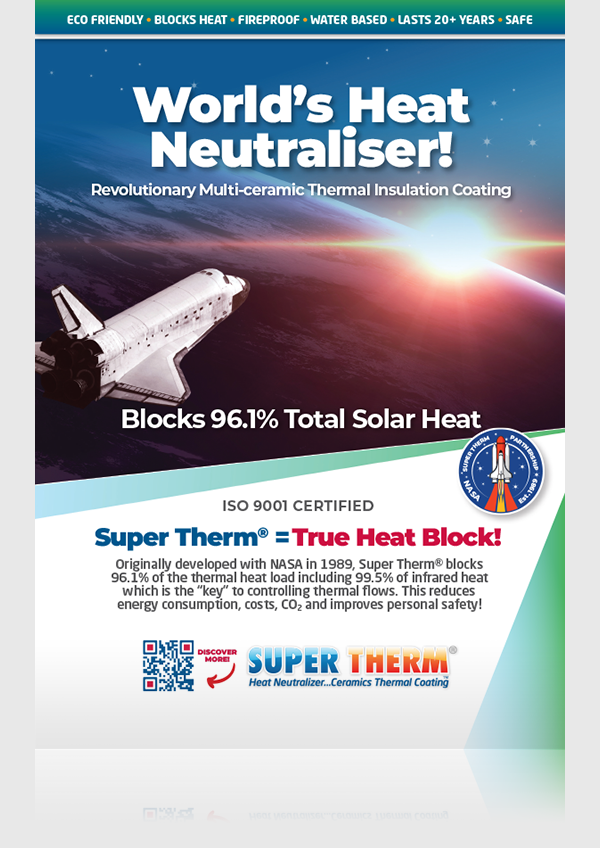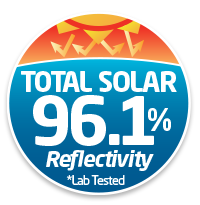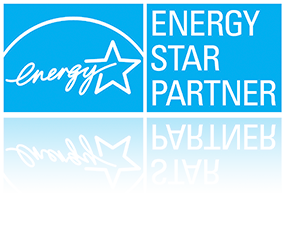What is Infrared Heat?
The Silent Energy of Infrared: What Building Science Won’t Talk About and Best Shown With Skin
Infrared (IR) heat makes up 53% of total solar energy—yet it’s rarely mentioned in building science. Most solar reflective paints and even rating systems like the CRRC collapse UV, visible and IR into one value. But they’re not the same. White paint is about light reflectance, not infrared.
Infrared penetrates deep into materials like skin—metals, concrete, tiles, bricks, cladding—and keeps radiating long after sunset. It’s why surfaces burn, interiors overheat, and buildings become heat traps.
Traditional insulation? It doesn’t block radiant heat. R-values only slow conductive heat flow, not radiation. After 50 years, the industry still hasn’t solved the core heat problem: stopping the heat before it enters so its lab tested at 24C. So the heat still gets in, and air conditioning works harder to remove it as a major cause of urban heat islands and increases carbon emissions.
We’ve created a built environment that ignores the real source of heat load. Why?
The building industry rarely discusses infrared heat because it challenges the long-standing status quo systems, standards, metrics and materials the entire sector is built on. Infrared makes up 53% of total solar heat, yet it’s largely ignored in building science. Here’s why:
- R-values only measure conductive heat, not radiant heat like infrared—so infrared is excluded from insulation performance standards.
- Traditional insulation absorbs heat instead of blocking it, and IR exposes this weakness.
- Industry testing (like CRRC) bundles UV, visible, and infrared into one relative SRI figure, masking the impact of IR specifically.
- Most conventional materials can’t block infrared, so discussing it would highlight product limitations.
- Acknowledging infrared would require a full rethink of codes, materials, and marketing—something the industry resists.
- Belief systems of humans ignore facts presented because they don’t have solutions, cognitive dissidence.
Infrared conversation reveals the gap between how we measure heat and how we actually experience it.
And now we’re seeing the impact—unsafe surfaces, heat stress, energy waste.
It’s time to separate light reflectance from actual infrared heat blocking. Human skin proves how infrared is absorbed—and our buildings are no different. Until we block infrared, we’re not designing for thermal safety or real efficiency, yet lots of people talk about heat with bandaid solutions and distraction.
The Heat Neutraliser SUPER THERM® blocks 99.5% infrared heat and 96.1% total solar heat: that’s why it’s been the best multi ceramic insulation costing since 1989. Science, physics and proven results are indisputable!
Invisible Healing: Near-Infrared Light and Health
Red and near-infrared light in the 650-950 nm range penetrates deep into our bodies and reverses the effects of ageing and disease. Most potent is infrared at about 850 nm which boosts energy production in the mitochondria which serve as our cellular batteries generating ATP from glucose and oxygen. My latest Substack explains what you need to know about the powerful effects of deep red and near-infrared light on human health.
Today we live in an infrared-deprived world where the average person spends only 7% of their time outdoors. The increasing use of E-Glass in our windows, which blocks infrared rays to keep buildings cool, and LED lights that provide only a narrow range of visible light wavelengths with little deep red, and no infrared, narrow the light spectrum we experience indoors in the name of energy efficiency. We are no longer exposed to the near-infrared light generated by the wood fires, candles, and incandescent light bulbs of past years.
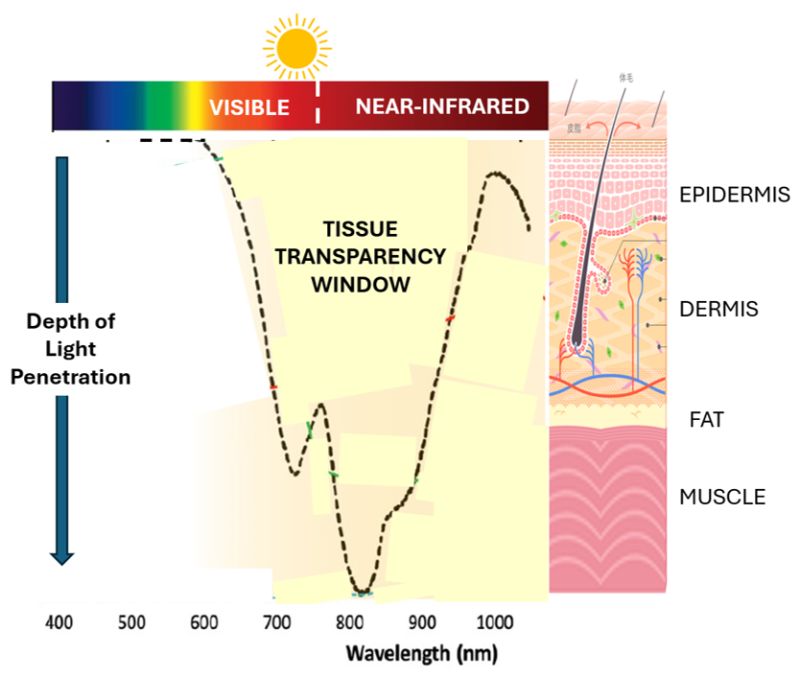

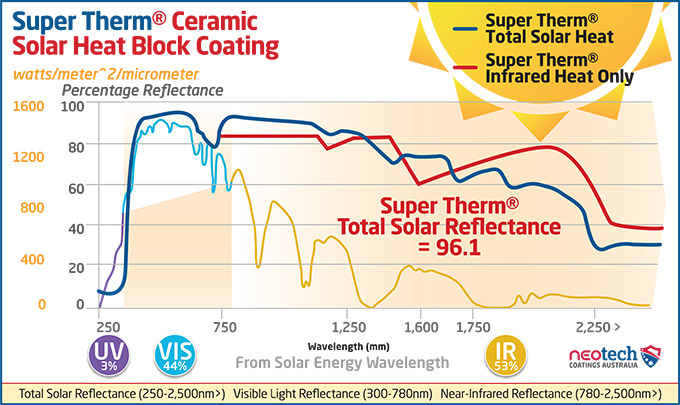
Infrared and skin: Friend or foe
The spectrum of solar radiation reaching the Earth ranges from 290 to more than 1,000,000 nm and is divided as follows: 6.8% UV, 38.9% visible, and 54.3% near infrared radiation (NIR) [1]. Infrared constitutes the waveband longer than 760 nm and up to 1 mm. It accounts for approximately 40% of the solar radiation reaching the ground at sea level. It has been divided into three bands: IR-A (760–1400 nm), IR-B (1400–3000 nm), and IR-C (3000 nm–1 mm) (Fig. 1). IR radiation can penetrate the epidermis, dermis, and subcutaneous tissue to differing extents depending on the exact wavelength range being studied. Exposure to IR is perceived as heat [2].

The strength of electromagnetic radiation depends on the energy of the individual particles or waves as well as the number of particles or waves present.
Electromagnetic radiation covers a spectrum with a wide range of photon energies that can also be expressed as a range of wavelengths. The spectrum has two major divisions:
- non-ionizing radiation
- ionizing radiation
Radiation that has insufficient energy to completely remove electrons from atoms and molecules is referred to as non-ionizing radiation. Examples of this kind of radiation are visible light, infrared, microwaves and radio waves. Radiation that falls within the ionizing radiation range has enough energy to remove tightly bound electrons from atoms, thus creating charged ions. This type of radiation includes X-rays and gamma rays.
Ultraviolet (UV) radiation is intermediate between these two broad ranges, and short-wavelength UV has enough energy to break chemical bonds and carry out photochemical reactions.
Although the consequences of sun exposure on the skin have been extensively studied over the years, the impact of IR radiation has received far less attention than its UV counterpart that is well known to cause skin cancer, photoaging, and immune suppression.
Moreover, the solar IR-A (also called NIR) irradiance level is critical to trigger beneficial effects in the skin beyond which it becomes deleterious. Most studies reporting the detrimental effects of IR-A (upregulation of matrix metalloproteinase 1 or MMP-1) used artificial light sources way above the solar IR-A irradiance threshold. This review article highlights the discrepancies in published data in order to bring a new perspective on this controversial topic.






